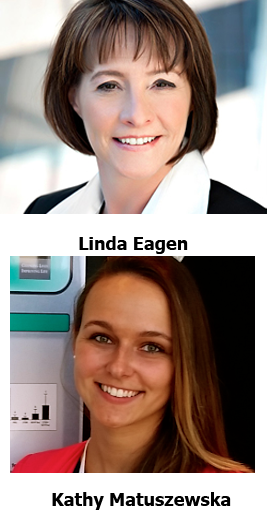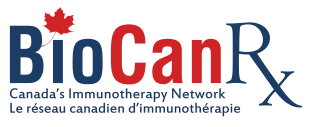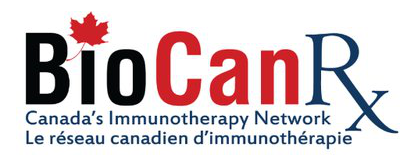By Linda Eagen and Kathy Matuszewska
 Patient and public awareness, interest, and engagement as care and research partners is increasingly a key component of cancer care innovation.
Patient and public awareness, interest, and engagement as care and research partners is increasingly a key component of cancer care innovation.
In recent years, the traditional clinical approach to cancer care whereby healthcare professionals control the treatment plan is being challenged to include patients as partners in their treatment decisions. This model of increasing patient autonomy requires greater levels of health literacy. Accessible scientific information at conferences can help patients gain the knowledge they need to better understand treatment options and to engage in decision-making with their healthcare professionals.
There is also growing interest in engaging the public in advancing research. Engagement occurs when the public meaningfully and actively collaborate in priority-setting as well as the dissemination of resulting knowledge. Public participation in health care research makes investments more transparent, provides new insights that could lead to innovative discoveries and ensures that research is relevant to patients’ concerns. Researchers need to be able to share information in a manner that can easily be understood and promotes engagement.
In an effort to facilitate awareness, interest and engagement, the 2017 Summit for Cancer Immunotherapy paired patient advocates with young investigators in a collaborative knowledge exchange program known as the BioCanRx-Cancer Stakeholder Alliance Learning Institute. Investigators helped lay participants walk through the science. All participants then prepared a community dissemination report containing key take-away messages from each presentation. This report included suggestions to help future Summit speakers deliver accessible presentations that can be understood by all participants. In time to provide suggestions to presenters of poster and oral presentations at the 2018 Summit4CI, the participants of The Learning Institute offer some suggestions to keep in mind when tailoring a presentation for the broad audience in Banff.
When planning your talk or poster presentation, it is important to realize that it is your opportunity to tell the audience the story of your work. Like any good story, your presentation should introduce an overarching theme – the purpose of your study or ‘big idea’. By introducing why you chose to pursue your research and the potential significance of it, people will understand its relevance to their lives. While you may have a few side projects in the works that you are eager to share with the audience, keep in mind that the goal should be to introduce people to a new idea. Tell your audience one complete story that they can follow from beginning to end as this is more effective than scratching the surface of three smaller projects.
Once the audience understands the importance of your work, the next step is to describe what you did. When explaining methodology, keep in mind that techniques vary across disciplines and some audience members may be unfamiliar with your methods. Keep it simple! In basic science, avoid over-using acronyms and be sure to define terms that the layperson may consider jargon. Using pictures or diagrams to explain your experiments is a great way to keep the audience engaged and caters to visual learners. In presentations involving clinical trials, include a demographics slide and avoid using the term ‘subjects’ to refer to trial participants.
The results section should use your specific findings to prove a general conclusion. Avoid cluttering data, using small font or complicated figures, as this may overwhelm the audience and distract from your communicated outcomes. Leaving out unnecessary details will help you stick to the time limit, and also encourage questions at the end of your presentation. Avoid overstating your results and be sure to state the limitations. In clinical studies, refrain from saying that the “patients failed to respond” – treatments fail, not patients.
Your conclusion should briefly summarize your findings and reinforce potential impact on the field. Consider leaving your concluding slide up as you answer questions to provide the audience with ample time to reflect on the outcomes and how they can integrate the knowledge into their own research, advocacy or care.
It is promising that this year’s Summit will once again bring people who are interested in cancer immunotherapy care and research. Improving the accessibility of presentations has the potential to bridge the gap between interest and participation.
Linda Eagen is a member of the Cancer Stakeholder Alliance Working Group and was a participant at the 2017 Learning Institute at Summit4CI. She is President & CEO of the Ottawa Regional Cancer Foundation.
Kathy Matuszewska is a BioCanRx HQP and participated as an academic scholar at the 2017 Learning Institute at Summit4CI. She is a PhD Candidate at the University of Guelph.

